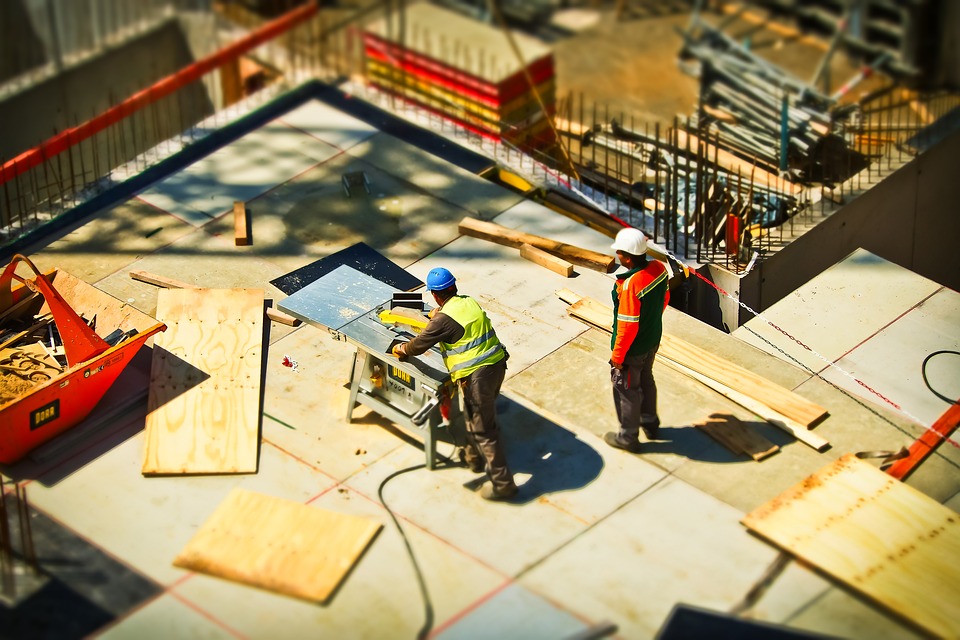Construction PMI downturn eases but sector remains in contraction

The UK’s construction sector saw its rate of decline slow in August, but activity remains deep in contractionary territory as experts warn that political and economic uncertainty is severely hampering investment and recovery prospects.
The S&P Global/CIPS construction Purchasing Managers’ Index (PMI) registered 45.5 in August, an improvement on July’s five-year low but still indicating a significant downturn.
According to Matt Swannell, chief economic advisor to the EY ITEM Club, the data points to a challenging environment.
He said: “Though August saw the construction PMI edge up from July’s five-year low, a reading of 45.5 was still consistent with a substantial contraction in activity.
“All three sub-sectors – residential, commercial, and civil engineering – had readings that were well below the 50 ‘no change’ mark, though the commercial sector showed greater signs of resilience than the other two.”
Mr Swannell also noted a curious break between the survey data and official figures, suggesting sentiment is playing a key role. “That relationship appears to have broken down this year, with official output growth strengthening as the construction PMI has declined… it’s likely to be heavily influenced by shifts in business sentiment following the changes in employer National Insurance Contributions (NICs) and the international trading environment.”
Joe Sullivan, a partner at MHA, which has offices in Edinburgh and Aberdeen, echoed this sentiment, stating: “The pace of decline in the construction sector eased slightly in August; however, the PMI remains below 50, highlighting a continued slowdown in activity and investment in the face of a climate of policy uncertainty and increased financial pressures.”
The primary obstacle to recovery, according to Mr Sullivan, is the current political climate and speculation over future tax policy.
He explained: “The ongoing rumours of a new SDLT and a ‘mansion tax’ are creating a significant drag on the property market. This policy uncertainty is already stalling investment across the UK.
“Further speculation over a national property tax, changes to CGT and IHT, and a potential new NI charge on rental income are causing would-be investors to delay decisions and are already impacting transaction volumes. The Autumn Budget being delayed until 26 November is therefore unhelpful. There is also an indirect potential hit to construction volumes as potential changes to pension taxation could reduce investment in property funds.”
He added: “The current tax system, particularly Stamp Duty, is a structural drag on the market. It discourages both up-sizers and down-sizers, creating a lack of mobility that is bad for everyone. By disincentivising people from moving, it not only reduces transaction volumes but ultimately lowers overall tax receipts.”
Despite the headwinds, there are positive factors that could support a future recovery. Jordan Smith, regional director at Thomas & Adamson, pointed to the recent cut in borrowing costs as a reason for cautious optimism.
“With the Bank of England’s interest rate being cut to 4% in August, the cost of borrowing is at the lowest level for more than two years, so there is cause for optimism that signs of movement could be on the horizon as the cost of finance becomes slightly more attractive to developers,” Mr Smith said. He added that this helps project viability, “together with other positive emerging signs such as steadying of purchase prices and shorter lead times for materials”.
UK and Scottish Government investment is also providing a crucial support pillar. Mr Swannell noted that “higher government investment and plans to increase housebuilding should support demand”, while Mr Sullivan highlighted that “major infrastructure projects like the Lower Thames Crossing remain a positive driver”.
Looking at a regional level, Mr Smith added: “The Scottish Government has this week announced a fresh commitment to invest £4.9bn in new homes over the next four years. This should hopefully create new momentum north of the border, and be reflected in the data seen throughout the remainder of the year.”







